
E-mail: font@focusonnature.com
Phone: Toll-free in USA 1-888-721-3555
or 302/529-1876
Website: www.focusonnature.com
 |
PO Box 9021,
Wilmington, DE 19809, USA E-mail: font@focusonnature.com Phone: Toll-free in USA 1-888-721-3555 or 302/529-1876 Website: www.focusonnature.com |
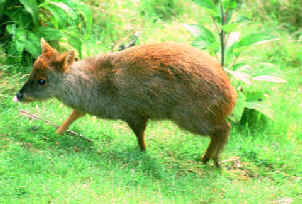 MAMMALS
MAMMALS
in CHILE
during
Focus On Nature Tours
1991 thru 2015
during
the months of
October, November,
& December
Those seen during FONT tours noted with an (*)
This list of Chile Mammals compiled by Armas Hill
Photo at upper right: A small, shy deer
known as the SOUTHERN PUDU,
photographed during a FONT tour in southern Chile
There have been 19 FONT tours in Chile.
Codes:
(t): a
globally threatened species,
designated by the IUCN (the
International Union for Conservation of Nature)
(t1):
critically endangered (t2):
endangered (t3): vulnerable
(nt): a globally near-threatened species, designated by the IUCN
(CHe): an endangered in Chile
(CHt): a threatened species in Chile
(CHv): a vulnerable species in Chile
(CHi): an introduced species in Chile
cc: in
central Chile, near Santiago
ca:
in central Chile, in the Andes, and the nearby foothills
cs:
in central Chile, along the seacoast
so:
in southern Chile (including Chiloe Island)
fn: in
far-northern Chile, from Arica on the coast to Lauca National Park in the High Andes
fs: in far-southern Chile, in Patagonia
(tf): on
the island Tierra del Fuego in far-southern Chile, or in nearby waters
(ph): species with a photo in the FONT web-site
Links within this
List:
LAND
MAMMALS: American Opossums
Shrew-Opossum
Armadillos
Hares & Rabbits Mice, Rats, &
Allies Guinea-Pigs & Cavies
Degus & Tucu-Tucus
Chinchillas & Viscachas Cats Foxes
Skunks & Allies Bats
Lamoids (Camels) Deer
MARINE MAMMALS: Seals
Dolphins Porpoises
Whales
Other Links:
Upcoming
FONT Birding & Nature Tours in Chile Past
FONT Tour Highlights
A List & Photo Gallery of Chile Birds, in 2 parts:
Part #1: Tinamous to Coots Part #2: Thick-knee to Saltator
Chilean Amphibians & Reptiles Diverse Plant Life of Chile
South American Mammals (with some photos)
Directory of Photos in this Website
MONITO
DEL MONTE - Family Microbiotheriidae
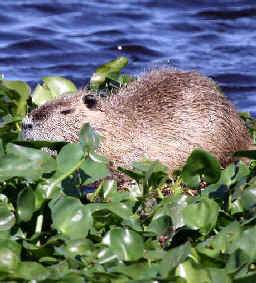
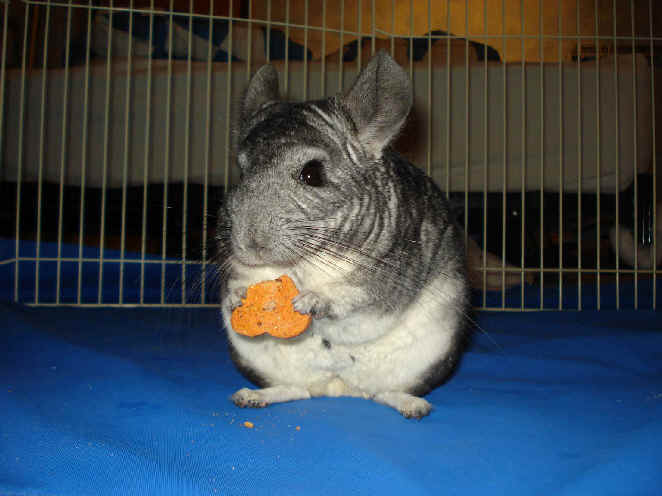
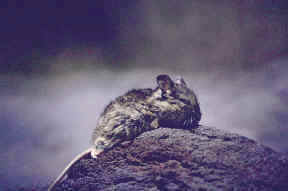

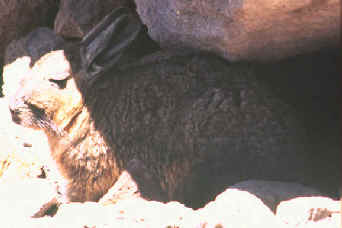
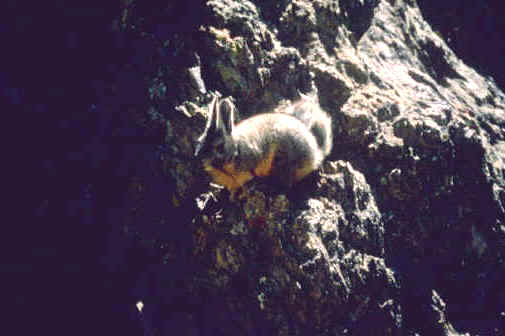
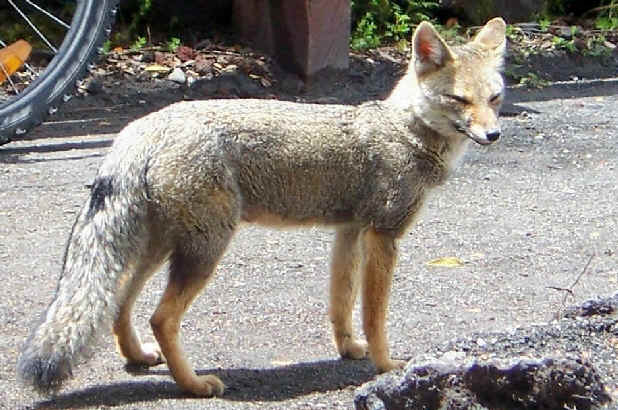

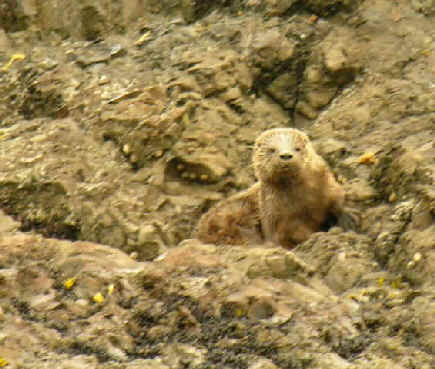
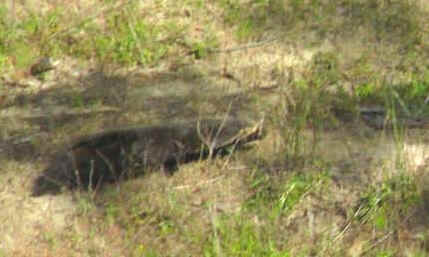

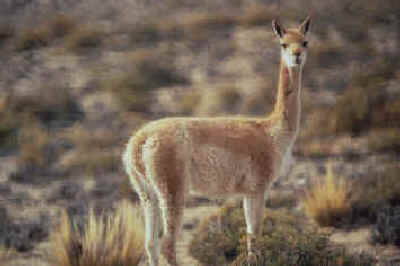
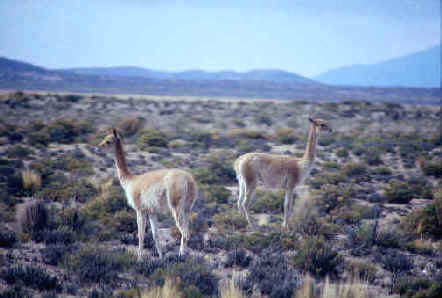
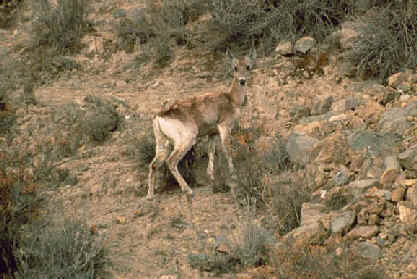
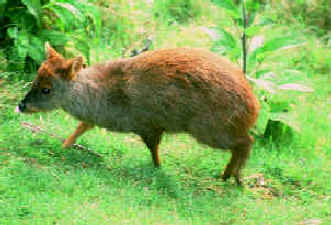
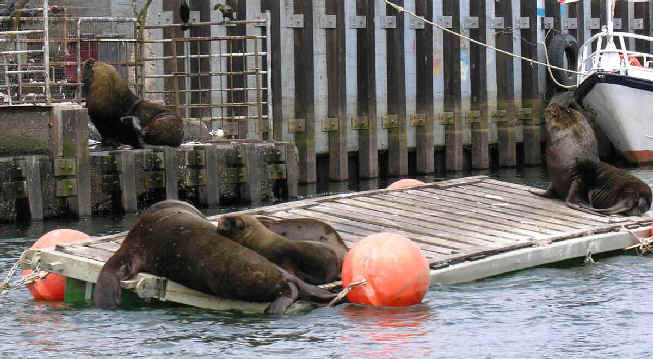
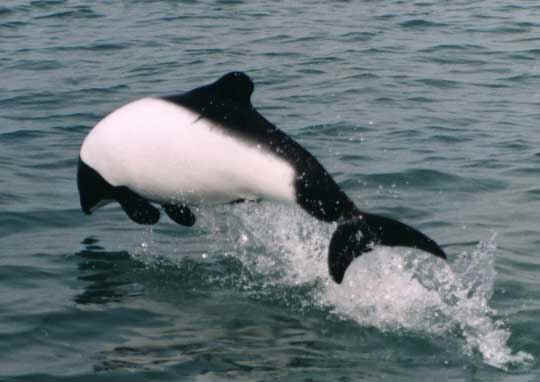
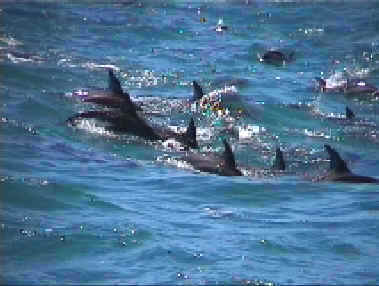
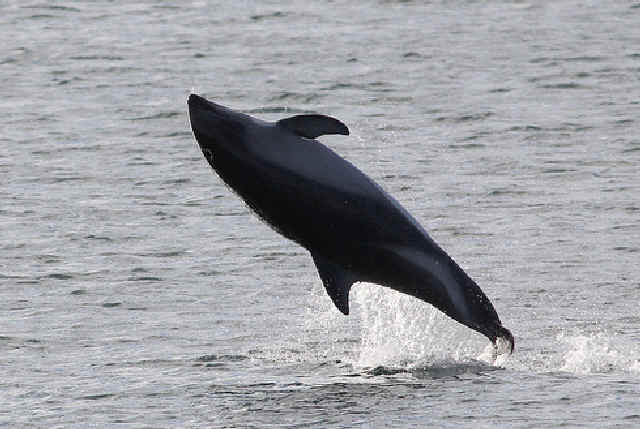

Other Nature:
In 1992, a probable extra-terrestrial object
(a meteorite fragment): Found in the Andes, not far from where we saw the Diademed
Plover.
It was a light-weight, nearly spherical, dark-colored
"rock". Upon our return to the U.S., there was an article in "Sky
& Telescope Magazine" referring to such objects in that area.
Fossils, of marine life, also found in that region of the High Andes.